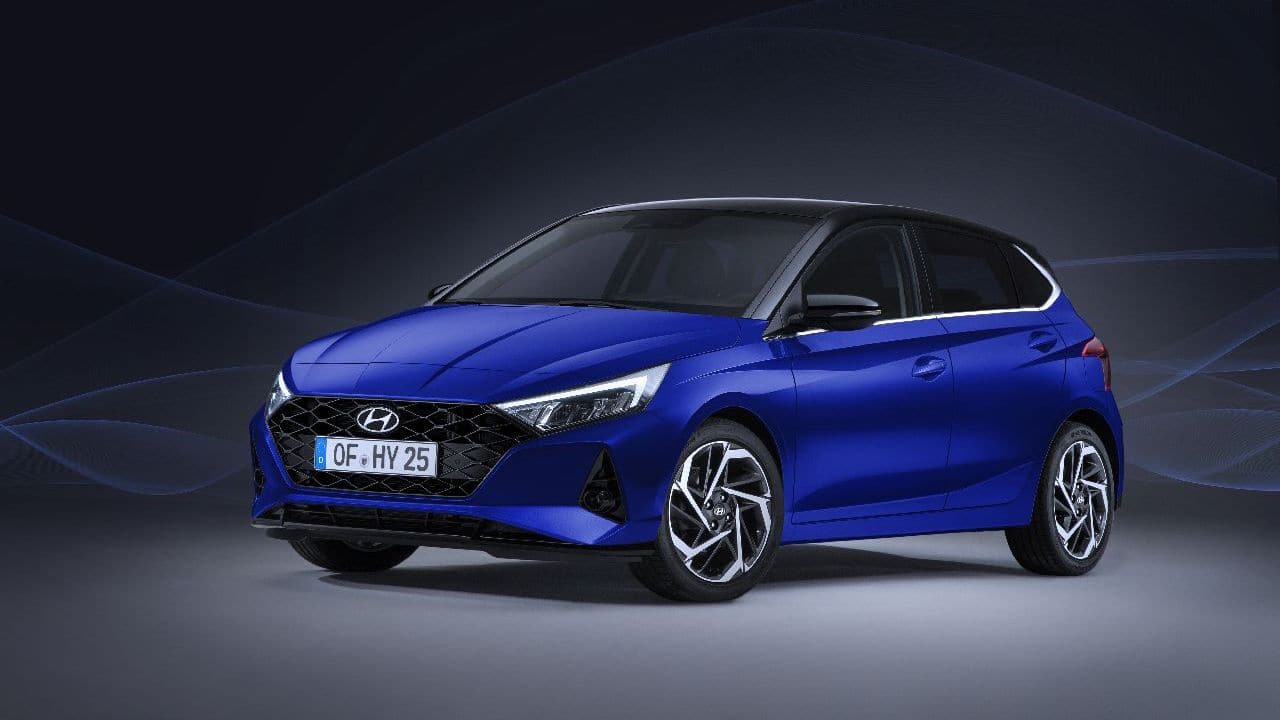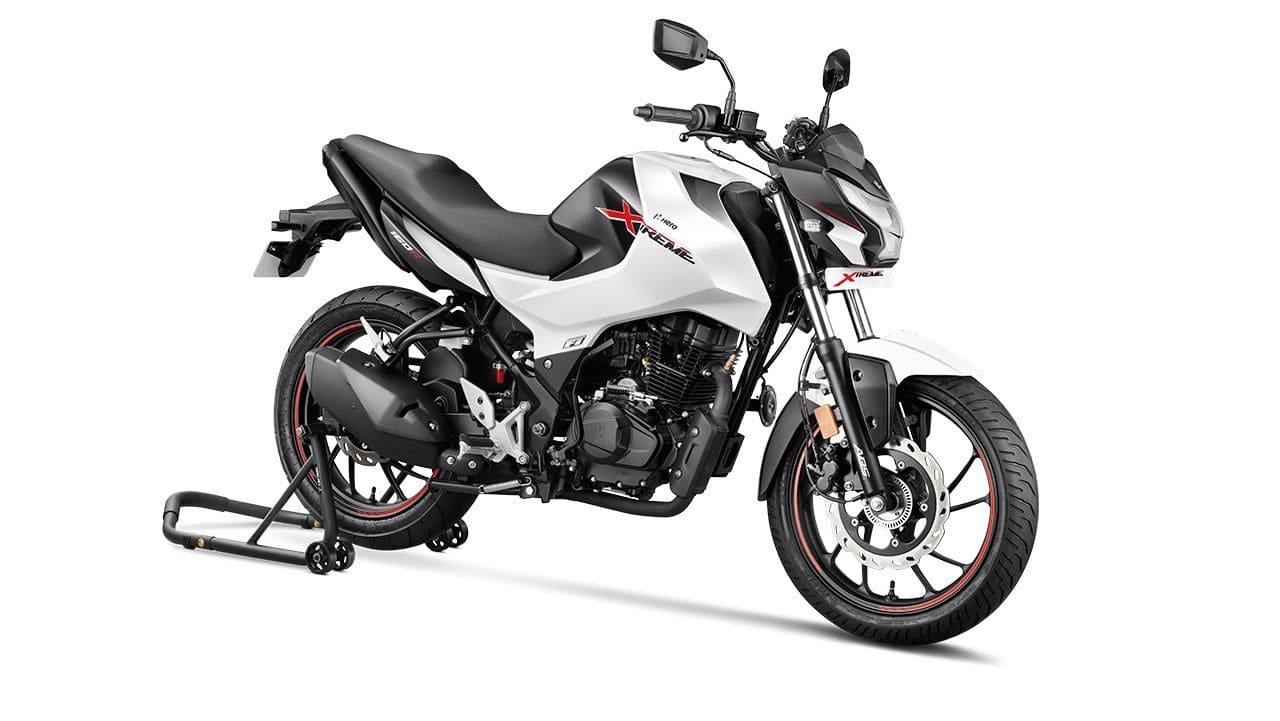After Honda decided to shut one of the two plants and stopped producing the Civic and CR-V, market watchers raised speculations if the Japanese company would be the next to lose hope on the 3 million-a-year passenger car sales market in India.
But the combination of lower efficiency at the Greater Noida plant and poor sales of the Civic and CR-V meant that Honda had very less number of options to work with. In fact, it was ‘live today fight tomorrow’ scenario for the sixth largest car maker of India.
The Civic and CR-V generate just about 250 units every month for Honda which is less than 3 percent of its total domestic sales. The segment size itself of both the cars is paltry in comparison to other segments.
The D segment, where the Civic competes in, sells only around 200 units a month and has only two other competitors, Skoda Octavia and Hyundai Elantra. Toyota stopped making the Corolla Altis earlier this year.
The CR-V’s segment is a slightly more competitive segment in comparison clocking sales of around 2,200 units a month. Toyota Fortuner, Ford Endeavour and MG Gloster are some of the rivals of the CR-V.
Honda was forced to keep the Greater Noida plant operational as it was the exclusive plant that made the Civic and CR-V. All its other models – Amaze, City, WR-V and Jazz – moved to the new and technologically advanced Tapukara plant in Rajasthan.
The Civic and CR-V, which are larger cars than the other four models, could not be accommodated at Tapukara because it would entail new investments which would then make both the models economically unsuitable.
Also Read: SsangYong’s bankruptcy filing brings to light Mahindra & Mahindra’s struggle with partnerships
“The two products have not been axed due to lack of sales. The sales of both the models were stagnant since the last two years. Both models cannot be made at the Tapukara plant because the plant is made in such a manner that it is a highly efficient plant for sizes upto mid-size cars,” explained a Honda Cars India spokesperson.
The company insists that the move to shift its entire production to Rajasthan and the axing of the two models should be looked as a strategic realignment of business plans in light of the challenges triggered by the COVID-19 disruption.
“The Tapukara plant is an integrated plant having forging, machining, casting and press shop. This translates to better efficiency and nil logistics costs. Powertrain, engine components, crankshaft, transmission, everything is made inside the plant. The second advantage is that the supplier base is close to the plant which means we have a supply chain efficiency. This means that our capacity is better utilised,” added the spokesperson.
Future of Greater Noida plant
Honda claims to have offered ‘generous’ voluntary retirement benefits to the employees working at the Greater Noida plant. Many of these employees have been working there since the plants’ inauguration in 1997. But Honda is not shutting this plant entirely.
“The Greater Noida plant is going to be a very important set up for us. Corporate office having purchasing, marketing, finance administration, general affairs departments belong there. India R&D centre for four wheelers is located there. Spare parts operations of Honda Motor India which looks at all spare parts business of Honda Cars, Honda two-wheelers and power products have their operations at this plant,” the spokesperson added.
Even though the vehicle manufacturing activities have ceased at Greater Noida, Honda will do preventive maintenance at the plant which means that the plant will remain in an ideal shape, ready for a restart rather than a total lockout. There is no proposal considered to either sell or do contract manufacturing for other companies, the spokesperson added.
Also Read: Here’s why bicycles are suddenly selling like hot cakes
Even after the VRS scheme there will be about 1,500 people who will continue to work from the Greater Noida plant. The Rajasthan plant has a headcount of 5,500.
Future of Honda in India
The shutting down of an automotive plant does give rise to speculations about the future of the company owing the plant. This is especially true when over the last four years, two global heavyweights – General Motors and Harley-Davidson – have quit India. Ford sold its India assets to Mahindra & Mahindra and new investments by some other automakers have been put on the backburner.
After all this is not the first time Honda has axed models. BR-V, Civic (old version), Mobilio, Brio and Accord were pulled out following poor demand.
However, Honda claims that it is here for the long run. “The phase out of the Civic and CRV is an ‘as of now’ situation. But coronavirus or not, all the product-related investments of Honda for India are fully intact and there is no doubt about that,” added the spokesperson.










_2020091018165303jzv.jpg)



























